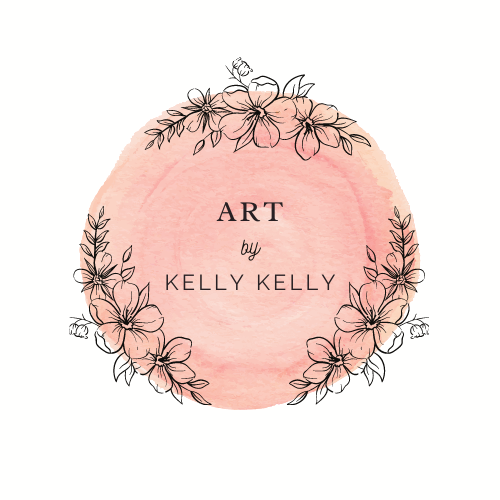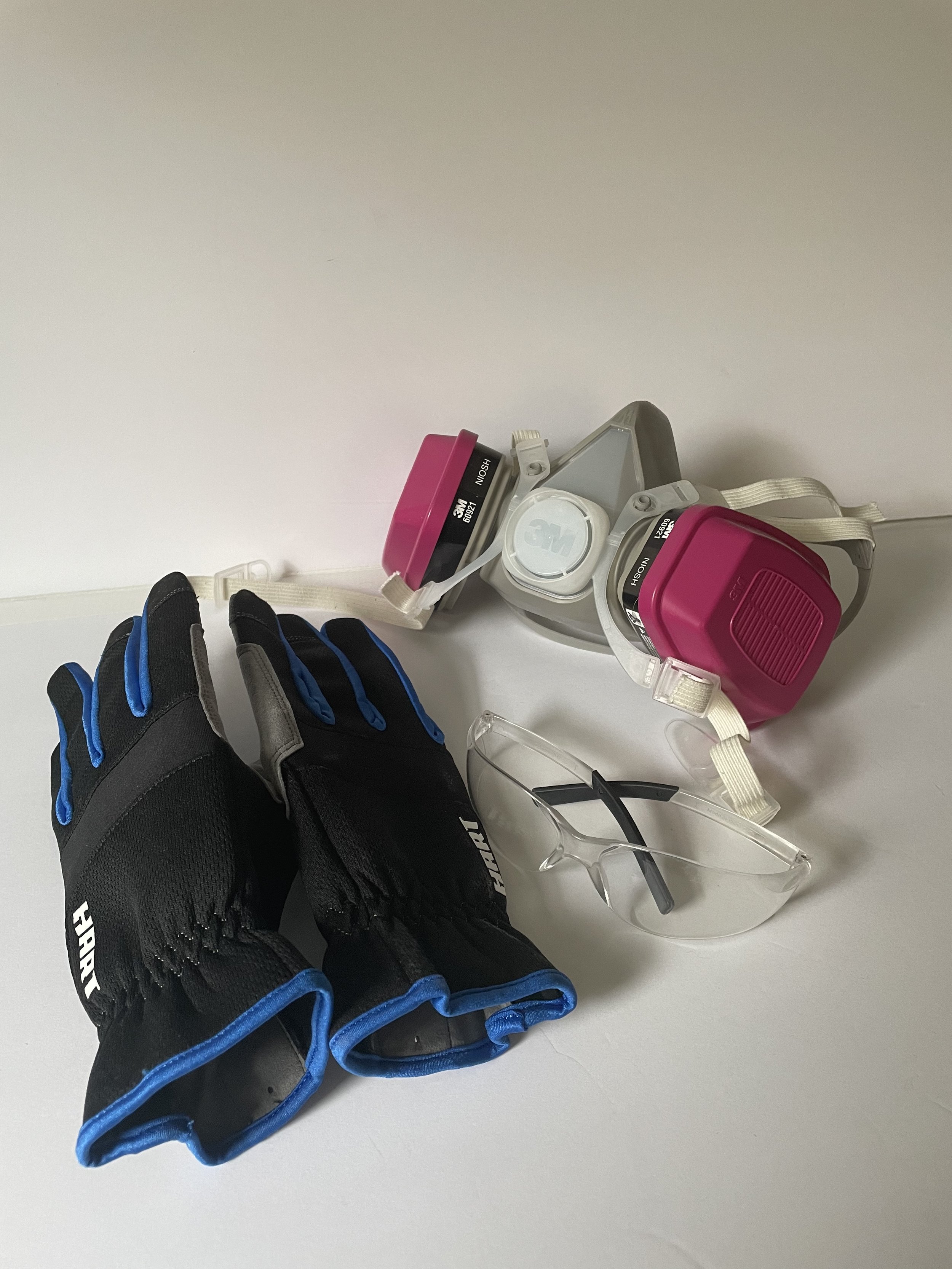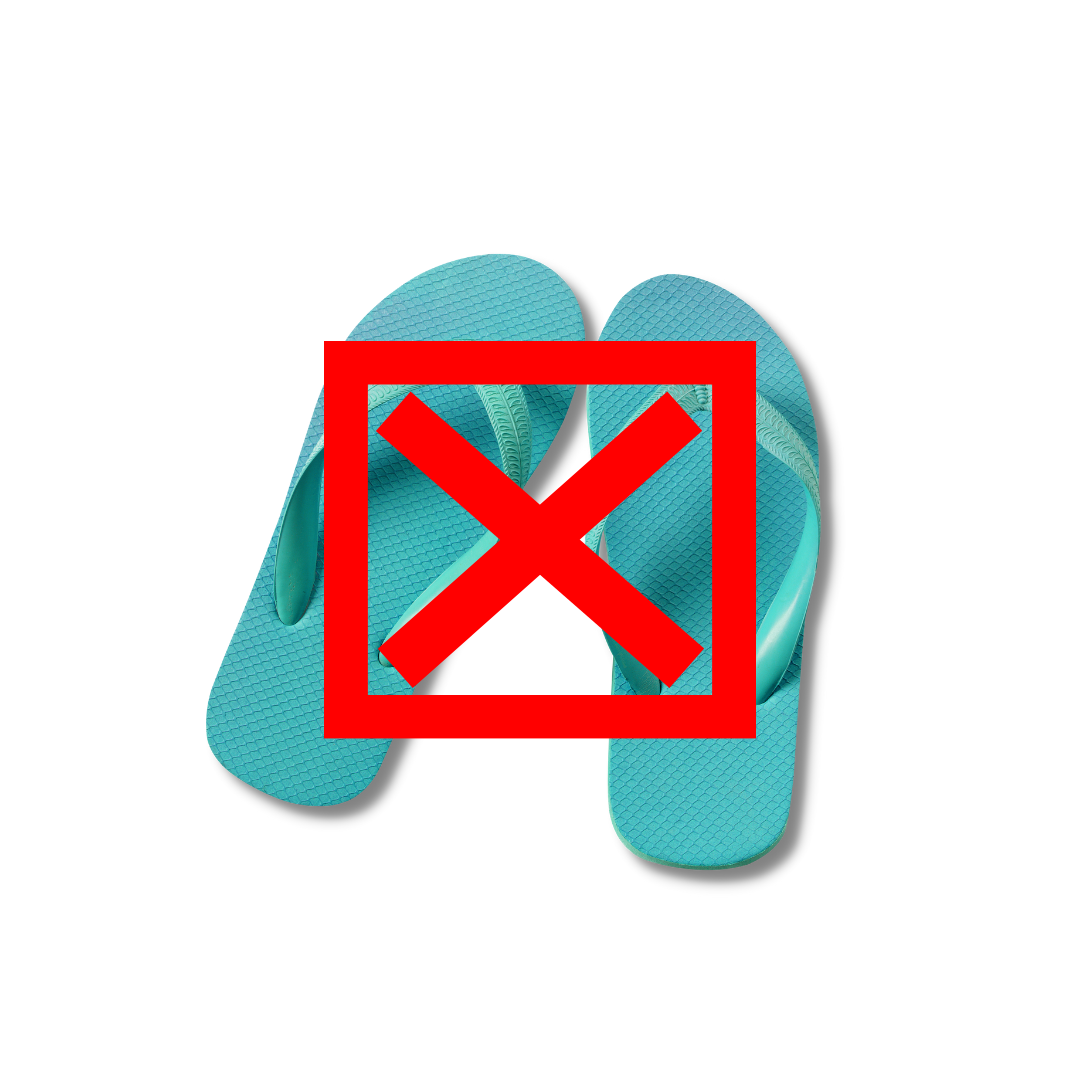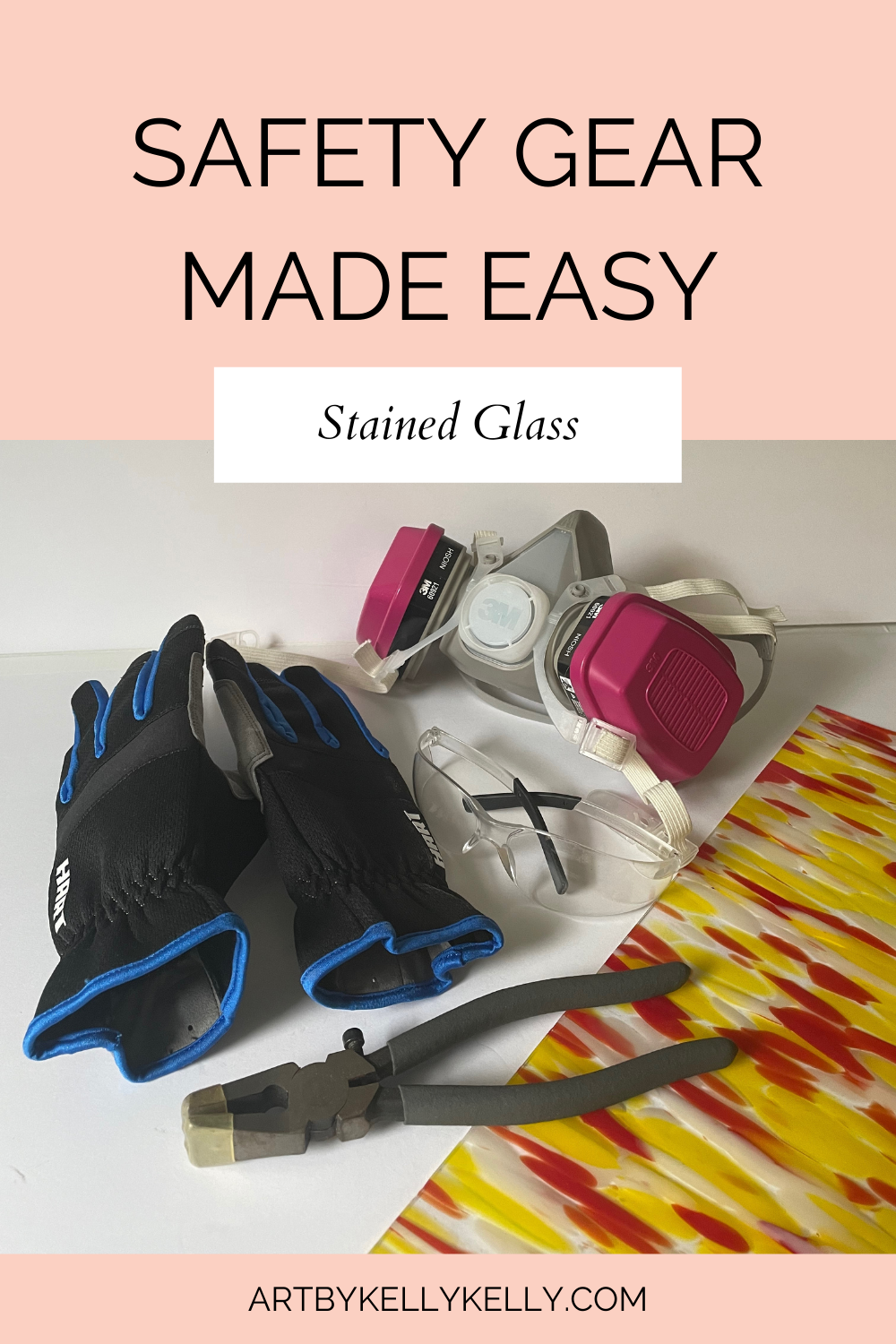What Safety Gear Do I Need To Make Stained Glass Art
Working with stained glass is a delicate and intricate art form. Safety should be your number one priority when creating stained glass. I can't tell you how many times I have seen people online not using the bare minimum of safety gear -hello respirator & safety glasses ;) Foregoing safety gear is just bad practice when you're making stained glass art, and it's just a matter of time before you will regret that decision.
Protect yourself while making beautiful stained glass art
As beautiful as stained glass is, it comes with its dangers.
Flux & patina (chemicals)
Glass (extremely sharp)
Solder (contains lead and gets extremely hot)
Solder
Solder is used to join pieces of glass together, and it needs to be heated to a high temperature in order to melt. This can pose a safety hazard if you're not careful. The last thing you want is hot solder splattering up on your face or dripping onto your hands (this is very common when tinning the edges or making 3-d art), so it's essential to wear the proper safety equipment. A mask and gloves are essential.
Lead solder is the most common type used in stained glass work, which can be dangerous if ingested. After handling lead solder, be sure to wash your hands thoroughly. After working with solder, take care not to eat, drink, smoke, or put your fingers in your ears, eyes, or nose.
If you’re concerned about lead exposure, you can use lead-free solder. It is a bit more challenging to work with than leaded solder, but with patience & practice, you’ll get the hang of it. I use lead-free solder on anything that will be worn or handled frequently, such as jewelry, hair clips, bookmarks, etc.
My favorite lead-free solder is Amerway Emerald.
Flux
Flux is a necessary component of stained glass art, but it can be dangerous for your health if not used properly. The fumes from flux can be harmful to the lungs, skin, and eyes, so it is important to choose a high-quality product that is safe to use. I love Stellar Classic 100 Gel Flux, which features a smooth gel formula with no odor or smoke.
Glass
We all know glass is sharp. But the dust created in glass grinding may be harmful to breathe as well. That's why it's important to take safety precautions when working with stained glass. Always wear eye protection, and use a dust mask when grinding glass. There has been some debate in the stained glass community regarding glass dust. I recommend conducting your own research and making a decision that is best for you.
Dept of Environmental & Occupational Health Sciences University of Washington, Silica Page
To help cut down on this glass dust, house your glass grinder in a glass fish tank tipped on its side, keep your grinder bits wet, and wear a safety mask for extra precaution.
Patina
Patina is a widely used chemical in stained glass art. Though it can produce beautiful, stained colors on solder, it should be used with caution due to its serious physical hazards. To safely use patina, it is vital to wear the proper safety equipment, such as protective glasses or a face mask and gloves.
My favorite patina to use is Novacan. In addition, you should always read the safety data sheet for the particular brand of patina that you are using. Careful handling is critical to prevent damage not only to yourself but also to your artwork!
Link to Novacan SDS (Safety Data Sheets):
What should I wear during each step of the stained glass process?
Stained glass art requires a fair amount of safety equipment. Here’s some of the stained glass gear you'll need for each stage of the process:
Scoring & Breaking
Safety Glasses
Cut Resistant Gloves (optional)
Grinding
Safety glasses or Face Shield
Cut Resistant Gloves or grinding mate (optional)
Mask
Foiling
You shouldn't need any safety equipment for this part of the process unless you're extremely clumsy. (safety glasses).
Soldering
Safety Glasses or Face Shield
Rubber or Nitrile gloves
P100 mask
Heat resistant gloves or use clamps
Working outside or, if indoors, with very good ventilation (in conjunction with safety gear) is a good idea.
Patina
If you choose to use it, do so at your own risk, and please, please use all of the following:
Safety Glasses or Face Shield
P100 mask
Rubber or Nitrile gloves
Working outside or, if indoors, with very good ventilation (in conjunction with safety gear) is a good idea.
And please wear closed-toe shoes!!
Where to find stained glass safety gear?
You likely have many of the items I’ve listed at home. Check out your local hardware store for safety glasses, face shields, masks, & gloves. Many glass supply shops also carry safety gear.
Please note: I accept no liability for your safety or for the safety of those around you. The safety products listed here are industry standard recommendations. Please research SDS/MSDS for the individual products you’re going to use in making your art.
I hope you have found this helpful. If you have any questions, leave them in the comments, and I’ll get back to you.
-Happy glassing, Kelly
Coming soon! Want to learn to make stained glass or mosaic art?
Join my waitlist by getting on my mailing list below: Get your FREE Beginner’s Guide with tips, steps, checklist & patterns, Or join one of my online classes!






